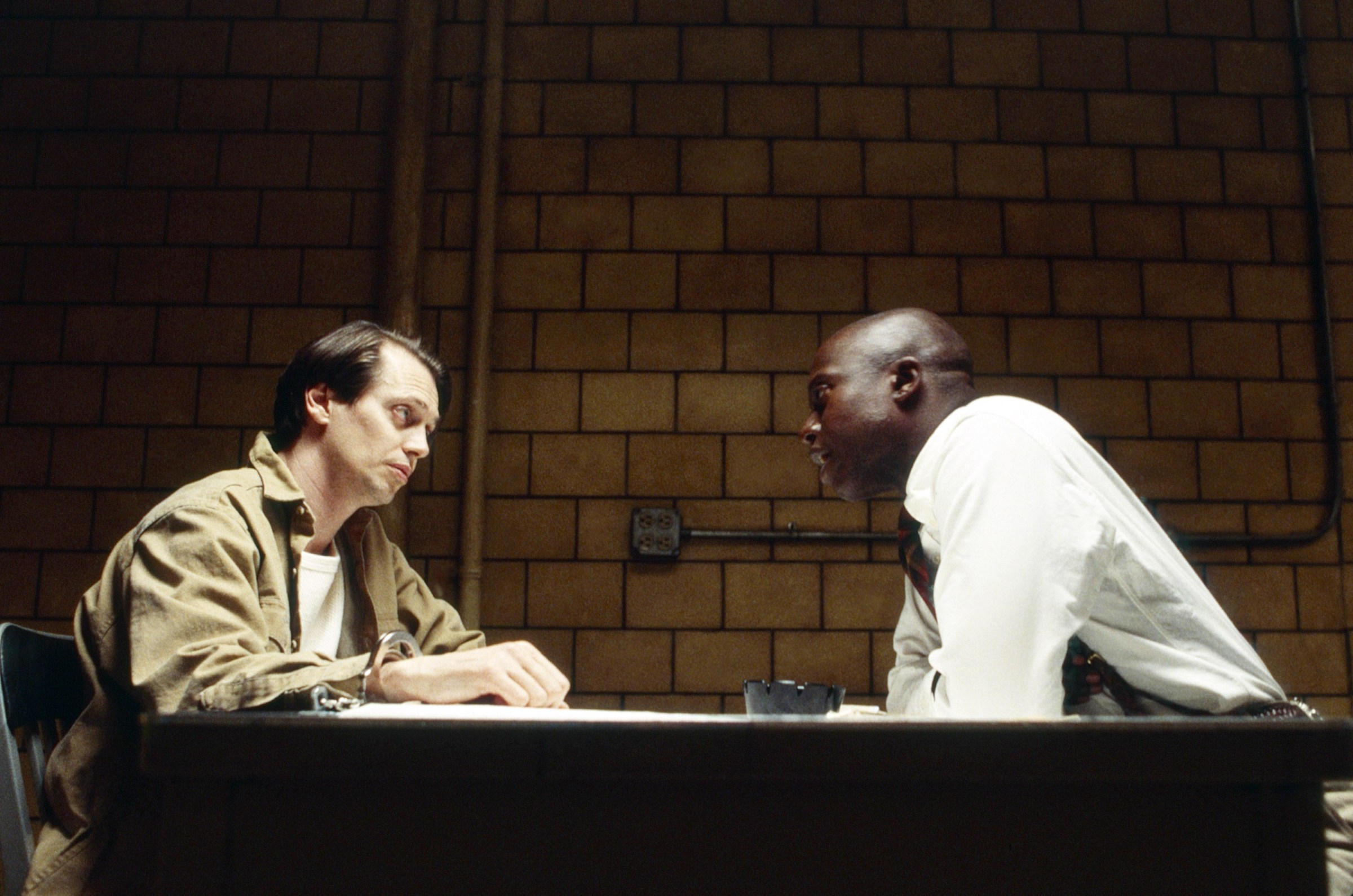One of the best shows of the ’90s is finally available to stream
In the world of television, there’s not much more influential than Murder: Life on the StreetThis police series, which ran for seven seasons on NBC starting in 1993, launched the television career of David Simon, the creator of The threadand began his work charting the everyday tragedies of crime in the city of Baltimore. It foretold the moral ambiguity and complex characters that defined the prestige TV era in shows like HBO’s The Sopranos half a decade later. And it created an urgent new visual language for TV, full of jump cuts and intimate, restless handheld camerawork, much imitated by FX’s The ShieldAnd all of this happened within the confines of a traditional network police series.
But Murder spent most of its run battling poor ratings, network failures, and the threat of cancellation. Lately, its status as a classic has been in jeopardy for the simple reason that it’s so hard to watch. The show has been mysteriously absent from streaming services, and even its DVD availability has been spotty. It felt like Murder could be forgotten.
Fortunately, the issues relating to music rights that held Murder offline have finally gone defunct, and all seven seasons of the show, plus the 2000s Murder: The Movieare available now on Peacock. It’s essential viewing. It’s also very different from anything you’ll see today. It’s not so much that it’s dated — it feels pretty fresh, despite its ’90s frame of reference — but rather that Murder occupies an unusual dramatic position, somewhere between the murderous police series that preceded it and the novelistic storylines and artful film techniques of the best TV series it inspired.
Something else that captures Murder What was different then (and still is now) is that it is imbued with a journalistic spirit. The show is an adaptation of Simon’s classic nonfiction book Homicide: A Year on the Killing Streetsin which he chronicles his experiences as a crime reporter for the Baltimore Sun, spending a year in the Baltimore PD’s homicide unit. Cases, incidents, and detective stories from the book inspired the characters and storylines in the series. As a result, it’s about as realistic as a network TV police show can get. Its fluid, unpredictable structure keeps viewers on the edge of their seats and pushes against the comfortable rhythms of fiction, especially traditional procedurals; you never know if a murder will be wrapped up in a single episode, develop into a season-long mystery, or never be solved at all.
This raw probability is reinforced by Murder‘s vérité film style, which was coined by Baltimore-born film director Barry Levinson (Rainman), who produced the show and directed key episodes. Murder was shot on grainy 16mm film cameras, mostly on location in Baltimore, and often handheld. The editing is loose and improvisational, bringing you closer to the characters and creating a documentary feel.
But it wasn’t all innovation. It’s just as crucial to Murder‘s genius — perhaps even more so — is that it is steeped in old-school TV craftsmanship. The detectives are brought to life by a knockout line-up of perfectly cast character actors. The great Yaphet Kotto (Parker in Stranger) is the homicide squad’s intimidating pit boss, Al Giardello, who towers mournfully over his detectives and barks at them with a mixture of cruelty and affection. Richard Belzer’s corpse-pale Detective Munch is an unforgettable creation, using his nagging grievances against the squad’s suspects as a weapon; Munch survived the show and wandered into the cast of Law and Order: SVU for at least another 15 seasons.
The list of recognizable, characterful, lived-in faces goes on: Ned Beatty, Melissa Leo, Clark Johnson, Jon Polito, one of the lesser Baldwins (Daniel, to be exact). They’re sharply defined characters, flawed but lovable, always in weary but inexhaustible conversation with one another about the nature of police work. They’re not all good cops, but they ring true. It’s a classic ensemble show — and yet, one detective stands head and shoulders above the rest.
Frank Pembleton is young, black, educated, polite, dressed to kill, and deadly serious. He is the most brilliant detective on the team, and he knows it; his arrogance is his weakness. In what will be a surreal twist for younger viewers, he is played by the late Andre Braugher, whose Captain Holt was on Brooklyn Nine-Nine is a parody of the kind of grumpy police chief Kotto played in Murder. If you know and love Braugher for his dry comic timing and painful authority, it will be a real eye-opener to see him as an effortlessly cool young fire-eater, burning with frustrated intensity. It is astonishing that Murder did not make him very famous (or maybe not; after all, the diversity of television in the 90s was not unlimited).
Maybe Murder‘s true TV genius, however, lies in two simple bits of iconography. “The Box” is the windowless room where the show’s interrogations take place: stark and claustrophobic, it’s the stage for countless brilliantly written, ambiguous confrontations, some of which stretch out for entire episodes. And The Board (a direct copy of Simon’s book) is a whiteboard on which the victims’ last names are written in block capitals, in columns beneath the detectives’ names—black for closed cases, red for open ones. The board’s eraser keeps erasing, and the names keep going up, red, black, red, black, red. It’s a tally of the team’s success rate, and the city’s human tragedy. They can never all be wiped away.

